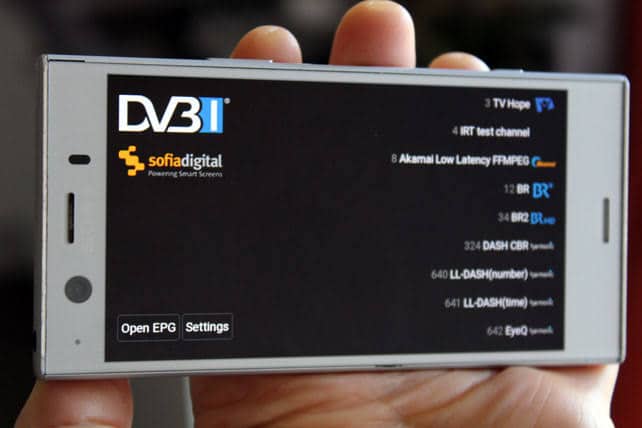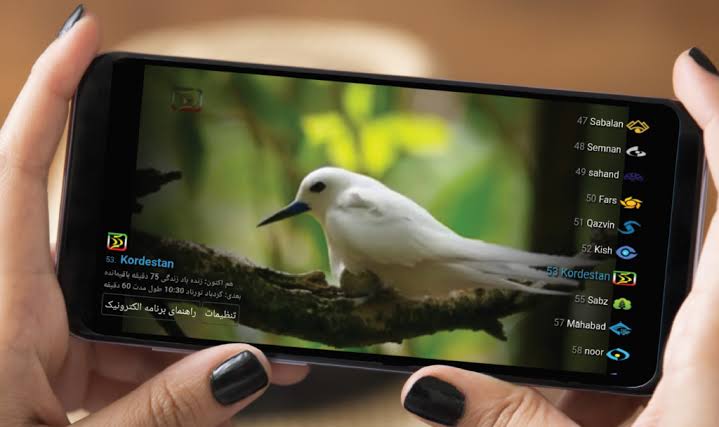
It’s 2022 and we continue with 4K emission-free DTT. There are them, yes, but above all in test mode: no chain offers such emissions, and the problem is in the DVB-T technology itself that uses DTT. An alternative has been in place for a long time: it is the DVB-I standard, a particularly promising option proposed by a hybrid solution that is in fact already beginning to be implemented.
Why don’t we have 4K on our DTT channels? The reality is that our DTT is perfectly capable of offering 4K broadcasts thanks to the DVB-T standard, but the problem is that doing so would have to reduce the number of channels they could broadcast: the bandwidth that a 4K channel would occupy would be the one that now occupies four channels in high definition. By the way, channels with standard definition will no longer be broadcast this year.
DVB-T2 is natural evolution. It is therefore an expensive option for those who broadcast content and for users, and in fact there was a proposal to offer an evolution of that standard. This is DVB-T2, the second generation of the standard that would offer greater transmission capacity – that is, more room for maneuver and, theoretically, 4K emissions – and a more modern codec.

The problem? That users would need a new independent set-top box or a television with support for such broadcasts (the recent ones are). It is a possibility for the future and the natural evolution of current DTT: we would continue to watch TV thanks to the antenna and the antenna socket of our televisions. But be careful, because it is not the only one by any means, and in fact there are those who bet on a future in which we will see the TV via 5G connections. However, there is an even more striking option.
DVB-I and the TDT-IPTV hybrid model. The alternative is the DVB-I standard, a striking proposal because it mixes current DTT with Internet television (IPTV). Our Smart TVs are almost always connected to the internet, and this system would allow us to access DTT and IPTV channels in a transparent way: the user would not have to know if the channel is broadcast by antenna or on the internet, and it is the receiver who takes care of everything.
In the end, the operation is identical to that of current DTT, but thanks to the performance of DVB-I we could access 4K broadcasts that would be broadcast in 4K over the internet, thus leaving DTT for conventional HD channels, which would be mixed with those channels with total or partial 4K broadcasts.
There are other advantages in the DVB-I standard. The philosophy of IPTV has long been used by independent platforms and by national networks – RTVE has RTVE Play, for example, and the rest of the large networks have similar proposals – and with it it is allowed not only to enjoy live broadcasts, but also on-demand programming that one can also enjoy not only on the TV, but on the computer, tablet or mobile.
A future without DTT? This system could in fact be a way to make a transition towards the full adoption of Internet television as a model for the future. That would pose the obsolescence of DTT technology, and in turn the spectrum bands that could be used to strengthen mobile connectivity could be released.
Mediaset starts testing in Italy. This company has already been testing DVB-I technology for two years, and now they have announced the third preliminary phase in which they will collaborate with manufacturers such as LG. If everything goes well, Mediaset is expected to start the first commercial tests in 2023, and if this proposal is successful, it would open the doors to its implementation in other markets.
That could take time, of course: even if our TVs are connected to the internet, we would probably need a software update. Not counting the mandatory approval of the regulators, which must validate all this deployment to avoid problems and incompatibilities.
